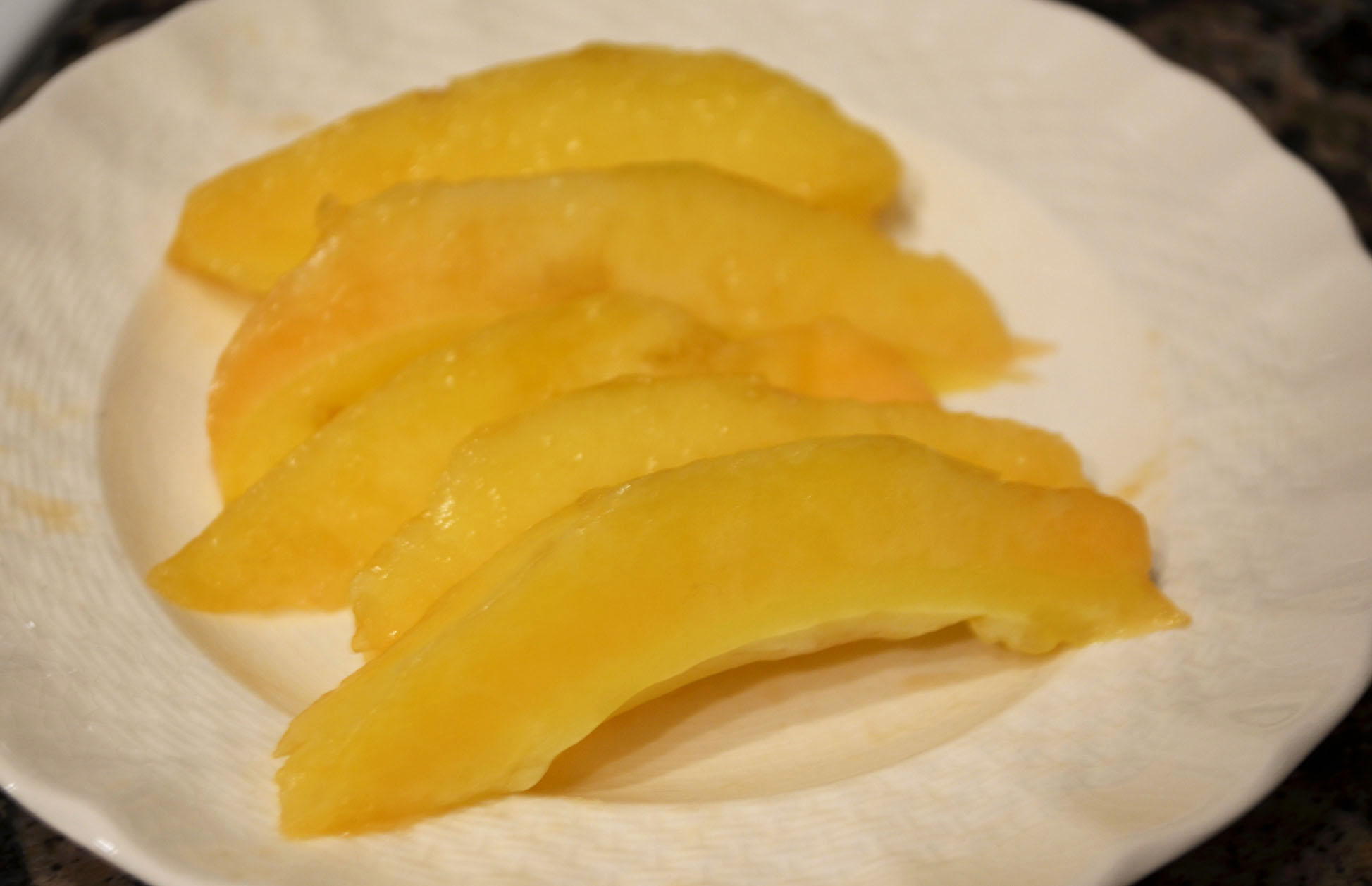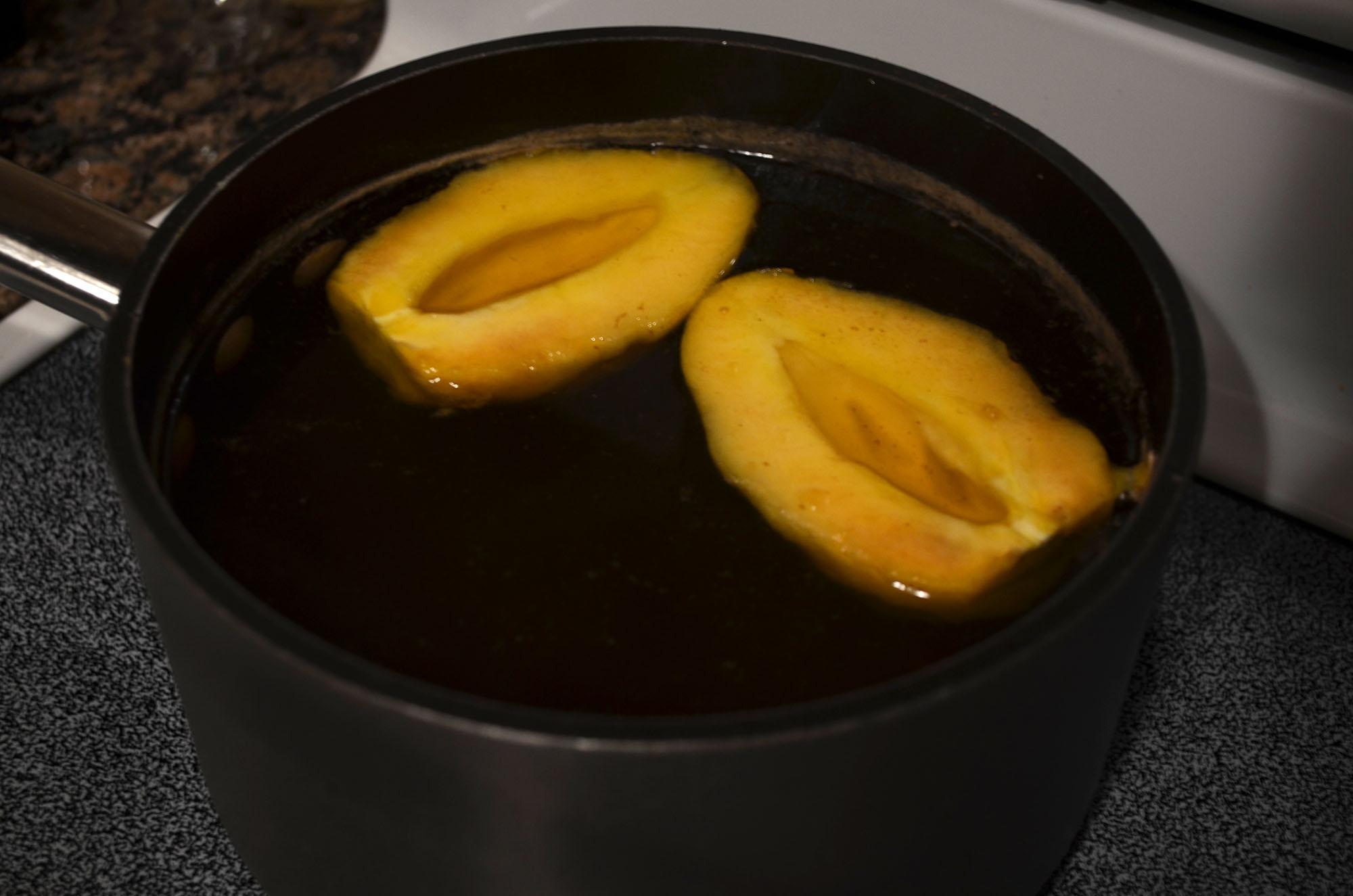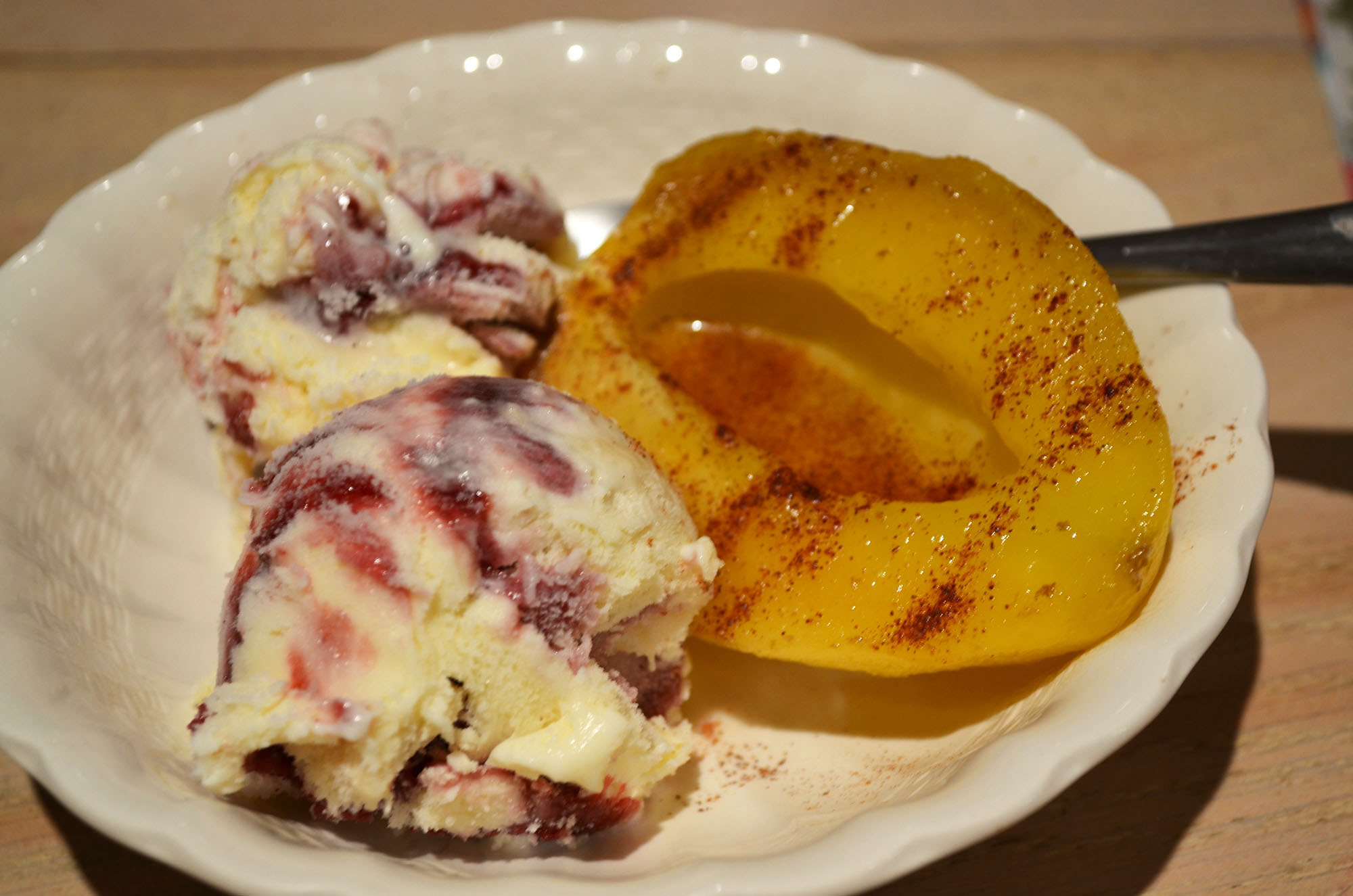since i work in produce and have dubbed myself the “produce queen,” i decided to do a little produce exploration series and share some new and exotic fruits with you guys [and maybe some veggies too!]. i’ll pick something interesting and write a post about what it is, what it tastes like, and how to prepare it. with pictures of course! sounds fun, right? trying new produce items is like, my favorite thing ever. when we go to produce conferences and shows, i just taste everything. it’s insane how many fruits and veggies most of us have never tried or even seen here in the united states. for this series, i’ll mostly be focusing on specialty items that you CAN get here in the u.s., because i hope that you’ll pick some up if you see them at the grocery store and try them yourself. i’m such a believer that trying new foods is so good for us, no matter how old we are. and produce is the best of the best. it is beautiful and delicious and healthy. embrace it! i hope you enjoy the series.
first up is the pepino melon!
also known as: pepino dulce, or “sweet cucumber” in spanish; mellowfruit, bush melon; tree melon. the name pepino can also be used in parts of south america for the cassabanana, so don’t get them confused.
in the same family as: tomatoes, potatoes, and eggplant! [the nightshade family.] so it’s not a true melon.
geography: it’s native to chile and peru, but nowadays, it’s grown all different parts of south and central america, australia, new zealand, and california, and it’s spreading all over the world. rumor has it that japan and south africa love it.
how it grows: on a low bush/shrub that can reach 3 feet in height – about the size of tomato plants.
season: spring through fall
where i got it: kroger
what it looks like: pale, creamy yellow with a few purple stripes, and shaped like a teardrop. in the photos at the top, the color looks brighter/darker yellow than it really is and the stripes look sort of brown, thanks to the bad lighting. it does turn a brighter yellow as it ripens. these pepino melons were about the size of my hand, around the size of a mango. the flesh is about the same color yellow as the skin, maybe a little more golden. there is a very narrow seed cavity in the center with itty-bitty edible brown seeds.
what it smells like: sweet and fresh like melon
what it tastes like: the skin is thin and edible but a bit tough. it peels off easily like the skin of a peach or plum. the flesh is soft and juicy, similar to a mango, and it has a very mildly sweet taste, like a slightly-more-sweet cucumber or slightly-less-sweet honeydew melon. for me, the finish did remind me of tomato, which makes sense since it’s in that family. in fact, the aftertaste kept making my mind go straight to the smell of a tomato packinghouse. not a bad thing because it’s not a bad smell, just distinctive. and it’s so interesting how the brain works like that. pepino melon is definitely more on the bland side [although what can you expect from something that is also known as mellowfruit??], but i like fruits that aren’t overly sweet. [you might recall the green prickly pear fruits from this post!] so although it didn’t make my top 5, i did enjoy it and would eat it again.
how to eat it: i ate one raw, and then sliced the other one in half and poached it with honey and cinnamon and served it with ice cream and a sprinkle of cinnamon. it was good, but to be honest, i would probably prefer it either in the poaching liquid without ice cream, or on a salad or something. the ice cream accentuated the fact that it wasn’t very sweet, while i think it would really compliment something more savory or spicy. it would probably be delish with prosciutto or avocado, or a dash of hot sauce, or maybe some chile and lime.
storage: ripen at room temperature. store in refrigerator after ripening and eat within a day or two.
nutritional content: pepino melon is low in calories and high in vitamins c, a, b complex, and k. it’s rich in antioxidants and fiber and is also a good source of potassium.
other interesting facts: farmers on the northern coast of peru [in the virú and moche valleys] believe that if pepinos are eaten after drinking liquor, death may result. in addition, in traditional medicine, it is used to treat respiratory infections like bronchitis, as well as certain skin conditions.
sources: specialty produce; the produce guide





